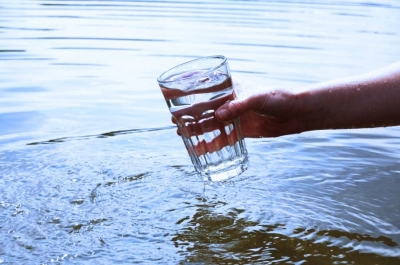
Potable water for all still remains a dream as there are several people without easy access to safe drinking water. MIT researchers have come up with a portable desalination unit that can remove particles and salts even from seawater to generate drinking water. The results of their research has been published in Environmental Science and Technology.
Push of a button
The suitcase-sized device that they have developed weighs less than 10 kg. requires less power to operate than a cell phone charger and can even be driven by a small solar panel. Generating water that exceeds World Health Organisation quality standards, the technology is packed in a user-friendly way and runs with the push of a button.
Most commercially available portable desalination units require high pressure pumps to push water through filters. As it is impossible to miniaturise filters without compromising on the energy efficiency, the researchers took to alternative methods.
ICP and electro-dialysis
The researchers employed a technique called iron concentration polarisation (ICP). The ICP process applies an electric field to membranes placed above and below a channel of water. ICP uses less energy than other techniques and the process removes both dissolved and suspended solids.
ICP, however, isn’t foolproof and does not always remove all the salts. To counter this, a second process of electro-dialysis was also incorporated in the device. With the help of machine learning, the ideal combination of ICP and electro-dialysis modules were found out. These modules were then shrunk and stacked to improve their energy efficiency and also to fit them within a portable device.
Following successful lab experiments where drinking water was produced from water sources with different salinity and turbidity levels, the device was then field tested at Boston’s Carson Beach. The device was able to fill a plastic drinking cup with drinking water in about half an hour.
Improve production rate
While the water produced thus is of good quality, the current prototype generates only 0.3 litres of drinking water per hour and consumes 20 watts of power per litre. Enhancing the energy efficiency and improving the production rate are foremost in the minds of those who wish to commercialise the technology.
Picture Credit : Google




